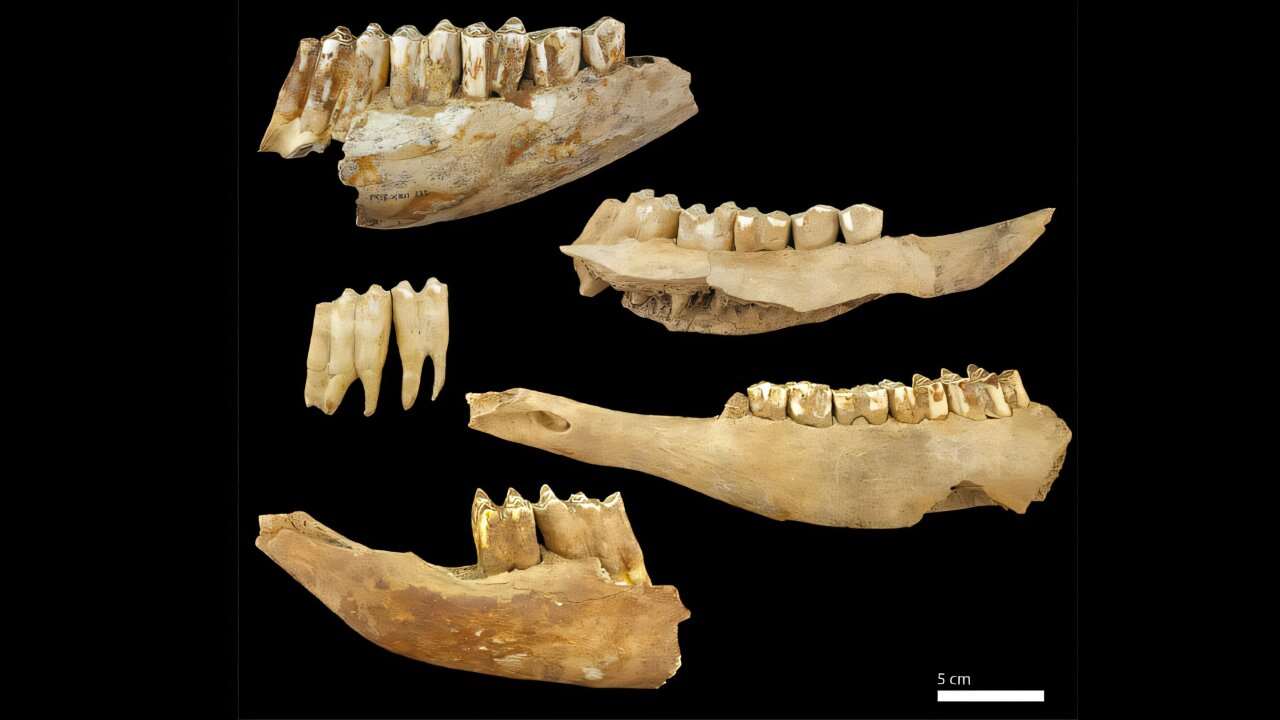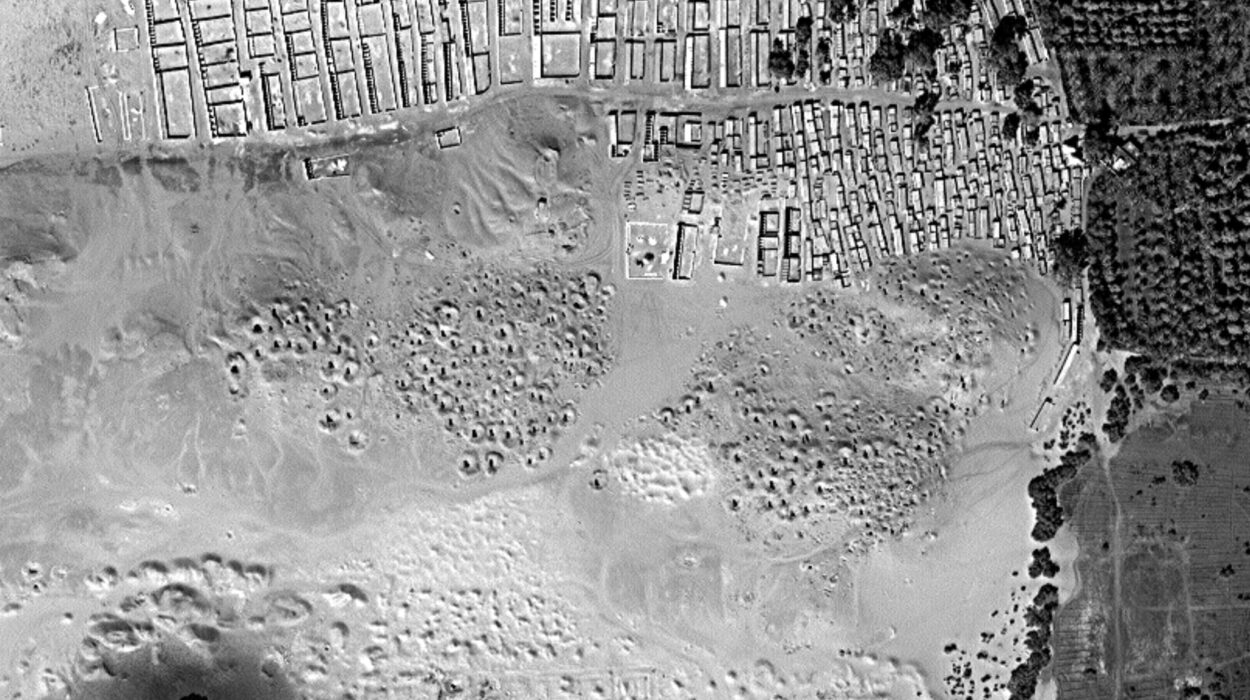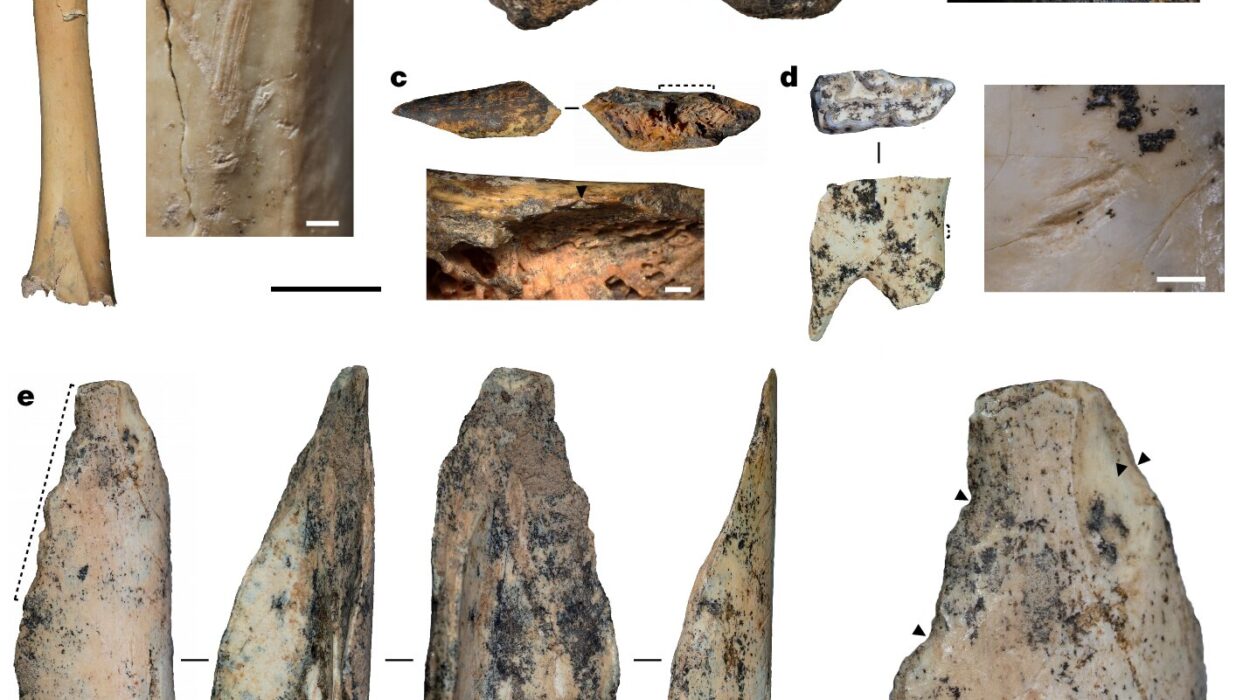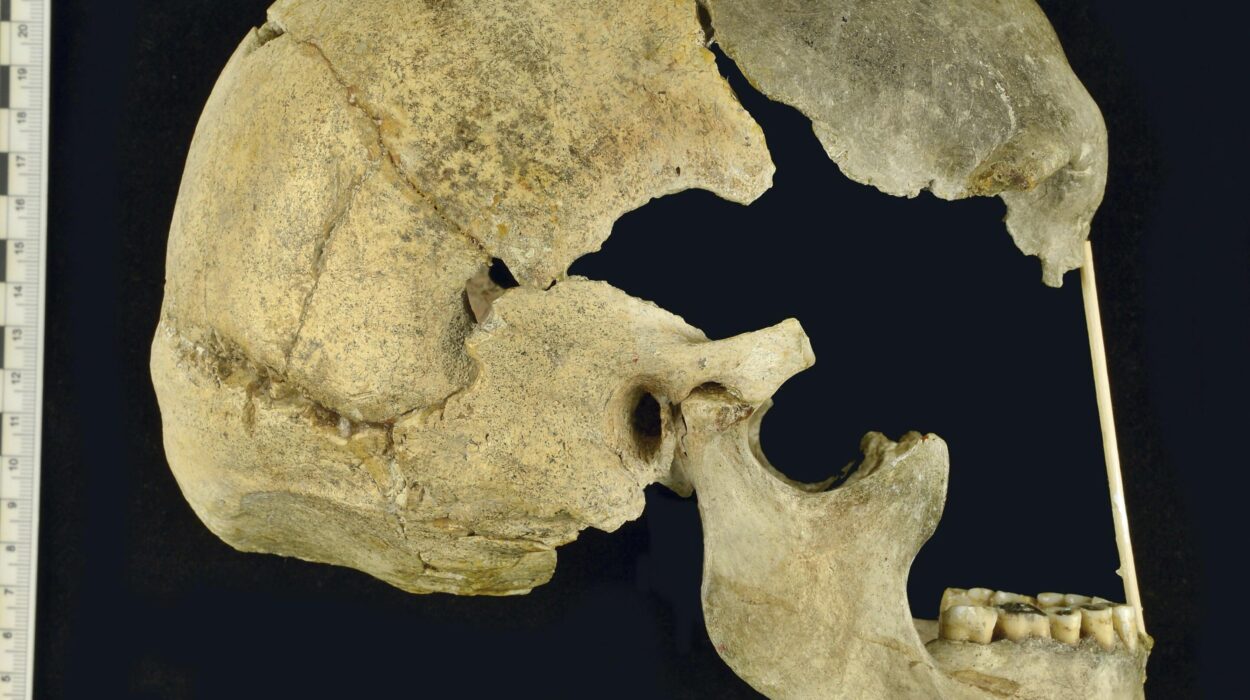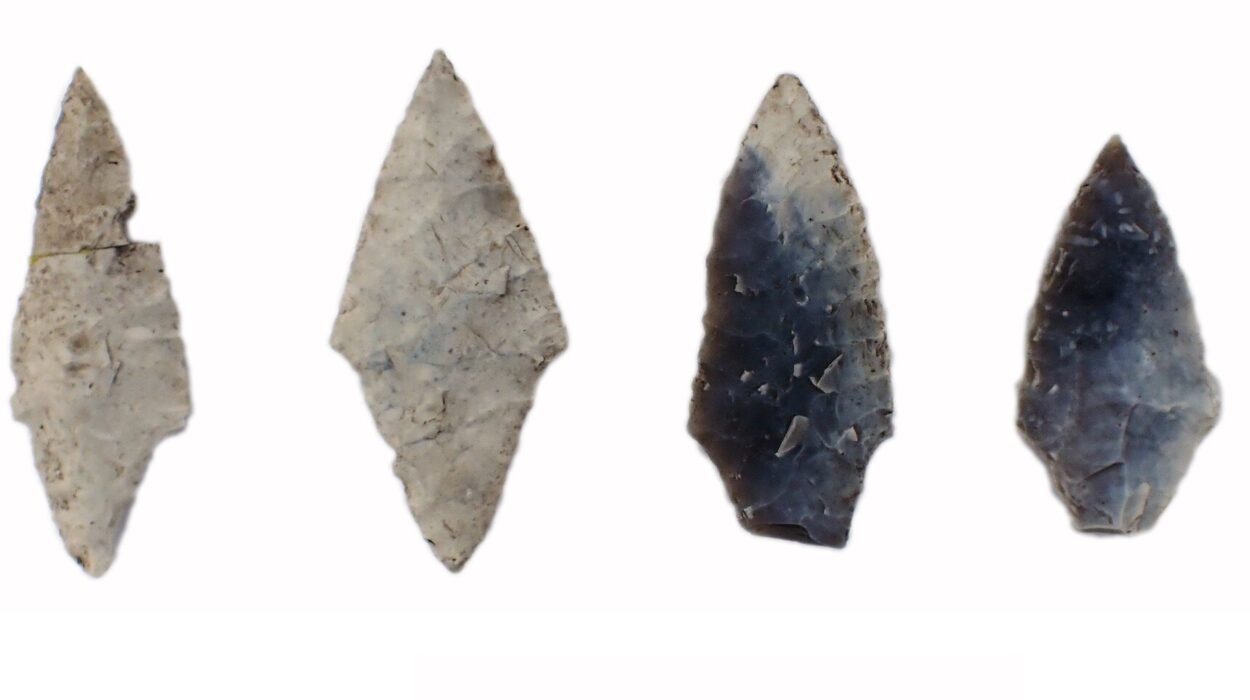The Neolithic period marks a pivotal moment in the history of human civilization, with communities transitioning from hunter-gatherer lifestyles to more settled, agricultural societies. Among the many remarkable developments of this time, the management of cattle herds stands out, as it reveals the deep understanding these early communities had of their environment and resources. New research sheds light on the Neolithic cattle management strategies in the Iberian Peninsula, demonstrating that these ancient people were already practicing sophisticated techniques of herd management, including seasonal mobility, diet regulation, and deliberate reproductive planning, as far back as 6,000 years ago.
Uncovering Ancient Cattle Management Practices
Researchers from the Universitat Autònoma de Barcelona (UAB) and Cardiff University have utilized biomolecular analysis to reconstruct the movement, feeding habits, and reproductive cycles of cattle from the Middle Neolithic period, based on remains found at the Cove de les Pixarelles site in Tavertet, Osona. This study, published in the journal PLOS ONE, represents the first attempt to decode cattle herd management during this period using isotopic analysis and archaeozoological studies.
The site of Cove de les Pixarelles, located at 670 meters above sea level in a mountainous region, offers a unique glimpse into the past due to its well-preserved animal remains. The cave yielded an abundance of cattle remains, with Bos taurus (domesticated cattle) making up approximately 80% of the total animal remains recovered. These findings place Cove de les Pixarelles among the most significant archaeological sites in the Iberian Peninsula, particularly for the study of the Middle Neolithic (4500–3500 BCE).
Vertical Mobility: A Seasonal Herd Management Strategy
One of the most significant revelations of this study is the discovery of vertical seasonal mobility in cattle herding. This means that Neolithic communities were moving their cattle from lowland pastures to mid-mountain regions based on the time of year. During the warmer months, the herds were moved to higher altitudes, where the fresh, nutrient-rich pastures were abundant. In winter, the herds returned to lower pasture areas, a strategy that ensured a steady supply of food for the animals throughout the year. This seasonal mobility was key to maintaining healthy herds and guaranteeing adequate pasture availability.
Researchers note that this practice is the first evidence of vertical herd mobility in the Iberian Peninsula during the Neolithic. The study suggests that these early herders were not only moving their cattle for food but were also keenly aware of the environmental cycles and adapted their practices accordingly.
Ecological Division of the Herd
Further analysis of the cattle remains revealed another fascinating aspect of Neolithic herd management: an ecological division of the herd. Researchers found that some cattle were kept closer to the settlement to ensure their reproductive health and access to milk production, while others were sent to more distant pastures. This strategic division allowed for a more efficient use of land and resources, optimizing both food supply and livestock production.
The diet of the cattle was also carefully managed. Isotopic analysis of the animal remains revealed that the cattle’s diet was primarily based on C3 plants, which grow in open fields and mountain meadows. These plants were abundant in the regions where the herds were pastured. The analysis indicated that there was no evidence of supplementary feeding or intensive use of pastures, which reinforces the notion of efficient management with minimal human intervention.
As researcher Roger Alcàntara Fors points out, these findings support the hypothesis that these Neolithic communities were managing their herds in a sustainable manner, relying on the natural cycles of the environment to provide for their livestock without overwhelming the available resources. This represents an early form of pastoral efficiency, where herders relied on a balance of mobility and ecological management to maintain healthy cattle.
Deliberate Reproductive Synchronization
In addition to the management of cattle mobility and diet, the study uncovered evidence of a deliberate approach to reproductive cycles. It appears that Neolithic herders intentionally synchronized the births of their cattle with the arrival of summer pastures, when the herds had access to abundant fresh grass. This synchronization ensured that the cattle were well-fed during the lactation period, maximizing milk production and minimizing the need for supplemental feed during winter months. By timing births with the summer pastures, the herders were able to efficiently manage the needs of the herd and increase their yield of milk, which was an important resource for the community.
This strategic approach to reproduction, which maximized both food supply and milk production, highlights the growing sophistication of these early herders in the management of their livestock. It also suggests that livestock breeding was not only a matter of raising animals for meat but was also deeply connected to the production of milk and other agricultural needs.
Impact on Neolithic Society and Beyond
The findings of this study have broader implications for understanding the economic and social dynamics of Neolithic communities. The careful management of cattle herds suggests a high degree of social organization and economic planning, as these communities were not just surviving but thriving by developing strategies that ensured the sustainability of their agricultural practices.
By reconstructing the cattle herd management system, researchers provide new insights into how Neolithic people adapted to their mountain landscapes and used their local environment to shape their livelihood. This study emphasizes the adaptive capacity of Neolithic societies in diverse natural environments, highlighting their ability to manage resources efficiently and sustain their communities over long periods of time.
Furthermore, this research establishes a foundation for future studies on the resilience of ancient human societies, offering valuable perspectives on how early communities coped with environmental challenges. It also lays the groundwork for exploring the socioeconomic changes that occurred as a result of increasingly complex agricultural systems and the domestication of animals like cattle.
Conclusion
The study of cattle management in the Middle Neolithic Iberian Peninsula reveals a remarkably advanced understanding of pastoralism, with communities displaying strategic and sustainable practices that ensured the health and productivity of their herds. The research from the Cove de les Pixarelles site not only provides critical insights into prehistoric cattle management but also highlights the deep relationship between early human societies and their environment.
By examining mobility, diet, and reproductive practices, the study showcases the complexity and sophistication of Neolithic pastoral strategies, demonstrating that these early communities were managing their herds with an awareness of environmental cycles that would be impressive even by modern standards. The findings offer a valuable glimpse into the evolution of livestock management, paving the way for future research on the economic, social, and environmental impacts of early agricultural practices across the globe.
Reference: Roger Alcàntara Fors et al, Cattle on the rocks: Understanding cattle mobility, diet, and seasonality in the Iberian Peninsula. The Middle Neolithic site of Cova de les Pixarelles (Tavertet, Osona), PLOS ONE (2025). DOI: 10.1371/journal.pone.0317723
